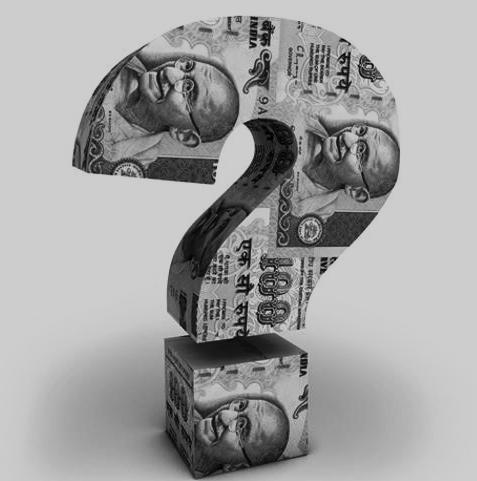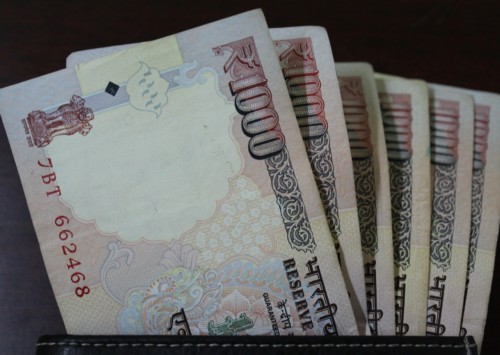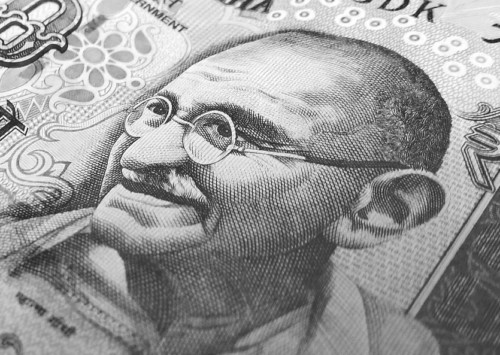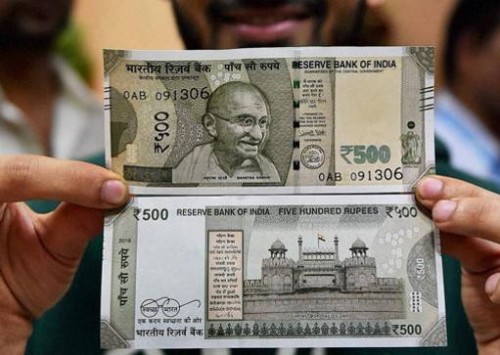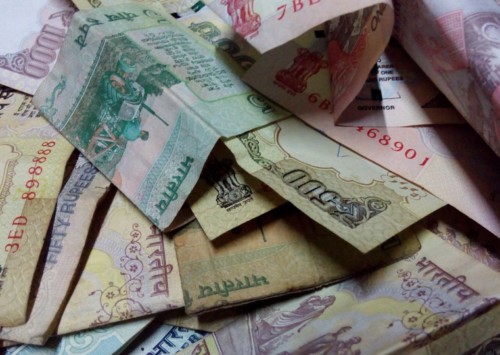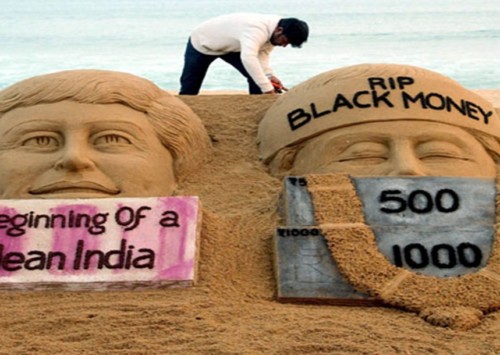Demonetisation hitting hard on Indian microfinance sector
Demonetisation has affected the debit-credit culture of the entire nation. Urban and rural poor of India are both suffering the heat, but in their own ways.
Urban mass is just struggling to survive on a daily basis as they do have some advantage of living in modern cities where business is more on the streets and the markets. It is the rural poor who do not know where to turn for sensible monetary help as one of their best saviours- Micro Finance Institutions (MFIs) themselves are in similar trouble with no cash in hand to disburse.
The surgical strike against black money, as the Modi government wants to call it, has a potential for the government to address the issue of transparency in high value transaction of funds, stop use of black money and at the same time bring prosperity to urban and rural India. But were the rural and urban poor prepared for the operation?
Among a bouquet of developmental schemes launched by the government, Digital India was a prominent one. If rural India is expected to use the banking system with cashless transactions, the least the government should first do is provide them with the same interest rates as their urban cousins. A government can’t talk about inclusivity of the poor and at the same time charge interest rates of 24 pc to a segment of the society that is barely surviving the currency debacle.
Just facilitating a Jan Dhan account and offering to collect money from rural poor is definitely not enough unless government makes sure that they are able to use cheap funds available under various schemes. Fact remains that nearly 60 pc of the Indian adults did not have access to formal financial institutions till they accumulated their savings so far, in cash. The account opening drive through the Jan Dhan scheme was a welcome initiative no doubt; however, most of these accounts were inactive in reality. With a huge mass of rural India out of the reach of banking, demonetisation has struck the last nail in the coffin.
With a recovery rate much higher than in urban India, MFIs are enjoying their field days out in the rural areas. Net interest margins at double digits are in multiples of what banks enjoy the most. The time has come for the government to bring this to a realistic level, especially when many of the MFIs are now converting to banks due to the cash strapped situation and have access to low-cost funds for some time now. If this is not done with immediate effect, MFIs would have only replaced the local moneylender in form but not in substance.
Bharat Microfinance Report 2016 by NABARD suggests that the microfinance sector has seen a growth of nearly 60 pc per annum. The inability of the government’s banking system to reach out to the last man standing is the root cause why the MFIs are growing disproportionately. Microfinance loans are collateral-free and care-free by nature, with relatively more potential risks that the MFIs are ready to take. MFIs also come across as saviours of the poorest families trying to manage financial needs and unseen instabilities during the need of the hour.
The poor under attack
With demonetisation hitting hard, the poorer segments of the population now have nowhere to turn to. For transparency, most of the loan transfers, from MFIs to clients, happen through the national electronic funds transfer (NEFT). However repayment from the clients to MFIs takes place by liquid currency. This is where MFIs become a bank of liquid cash and they disburse the cash in thousands among the poor who have no account and who do not use technology for daily living. With such a huge non-digital population, India can only day-dream for a smooth cashless economy without educating the rural mass about how their life has already been digitised.
Moreover, banks have introduced a large number of complex rules for everyone before taking the discontinued currencies and simply taking the route of refusals on the ground of required documents or day-to-day changing instructions by the government on per head weekly cap of submission. MFIs’ clients are also not being able to exchange the old currencies which they had saved for repayment. Hence cash is not recycling back to MFIs to go back to the poor who have no other source of getting currencies. MFIs are unable to deposit those currencies as the banks are not letting them deposit in their accounts following the current rule. Repayment has slashed down to 30 pc and in some places it is reported to be as low as 20 pc. As a result poor has no cash to buy basic needs of sustenance.
Repayment on time motivates subsequent set of loans; non-repayment bars the process and eventually, door to the financial support closes. Records show, once the MFI source is blocked, the rural poor take refuge with loan sharks. Recent reports suggested that microfinance companies in the state of Maharashtra, particularly in the region of Vidharbha, were resorting to coercive recovery methods and harassment of women at self-help groups for repayment with very high interest rates. There was pressure that Maharashtra government either waives the loans or reduces the interest rates on them. Couple of years back in 2010, a similar situation had erupted in Andhra Pradesh, when the state government disseminated an ordinance to curb the activities of microfinance companies. The ordinance was provoked by a series of suicides by borrowers from rural areas protesting against the coercive collection policy of MFIs. This led to MFIs being regulated where rules of the game were decided by the Reserve Bank of India.
The situation has now worsened after government announced the demonetisation and subsequent currency ban. For a change, perhaps the politicians’ one suggestion was right – a reduction in rates would be a sensible step for the larger mass of India. Nevertheless, politicians will remain politicians – they are taking every chance to gain mileage from the plight of rural people. Suggesting the borrowers to not pay at all could be as bad as it gets. This will stop poor people from applying for a loan from the MFIs in the near future. As an automatic after effect of that, loan sharks will come into action aplenty and then the poor will stay indebted forever.

